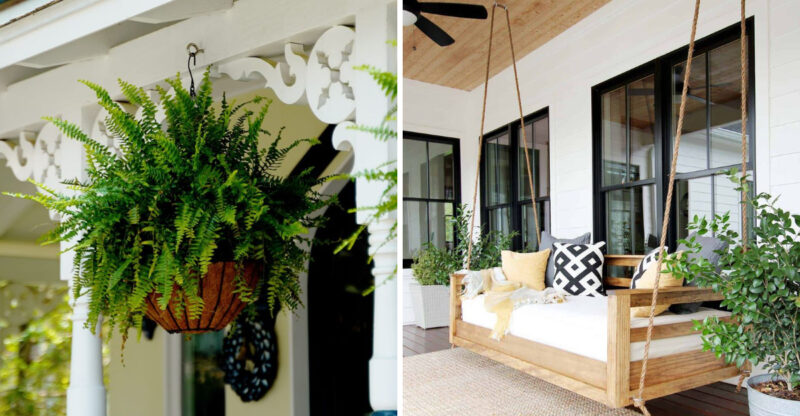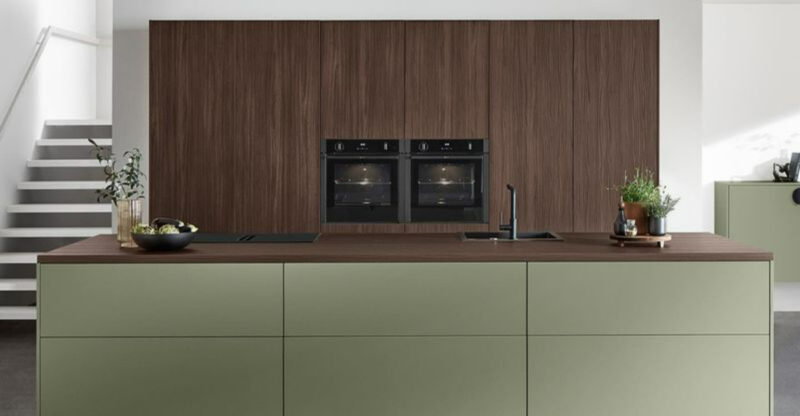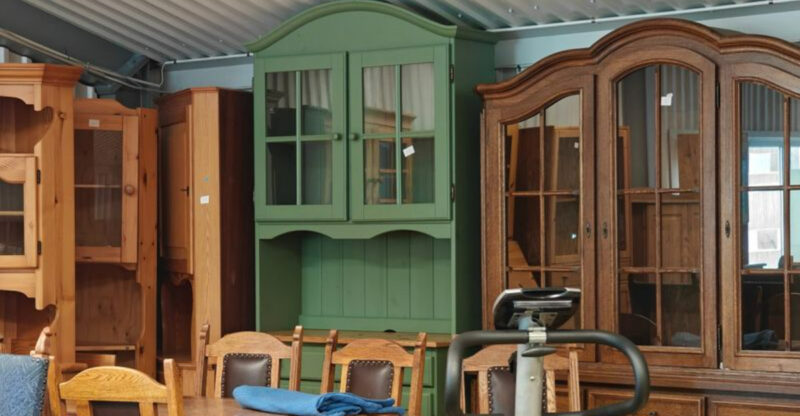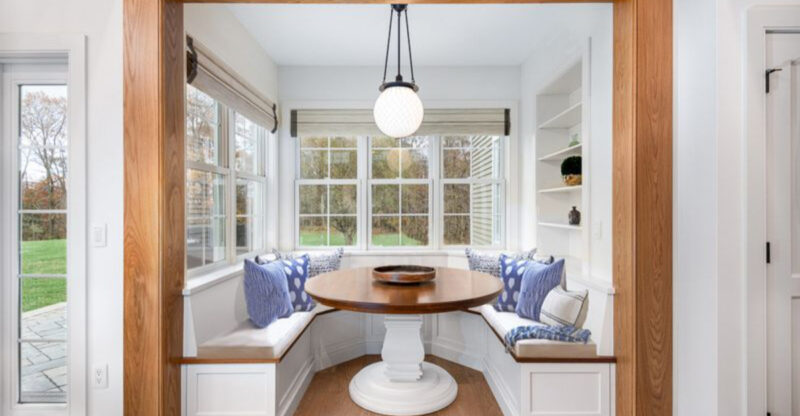17 Things An Interior Designer Never Buys From The Thrift Store (And You Shouldn’t Either)
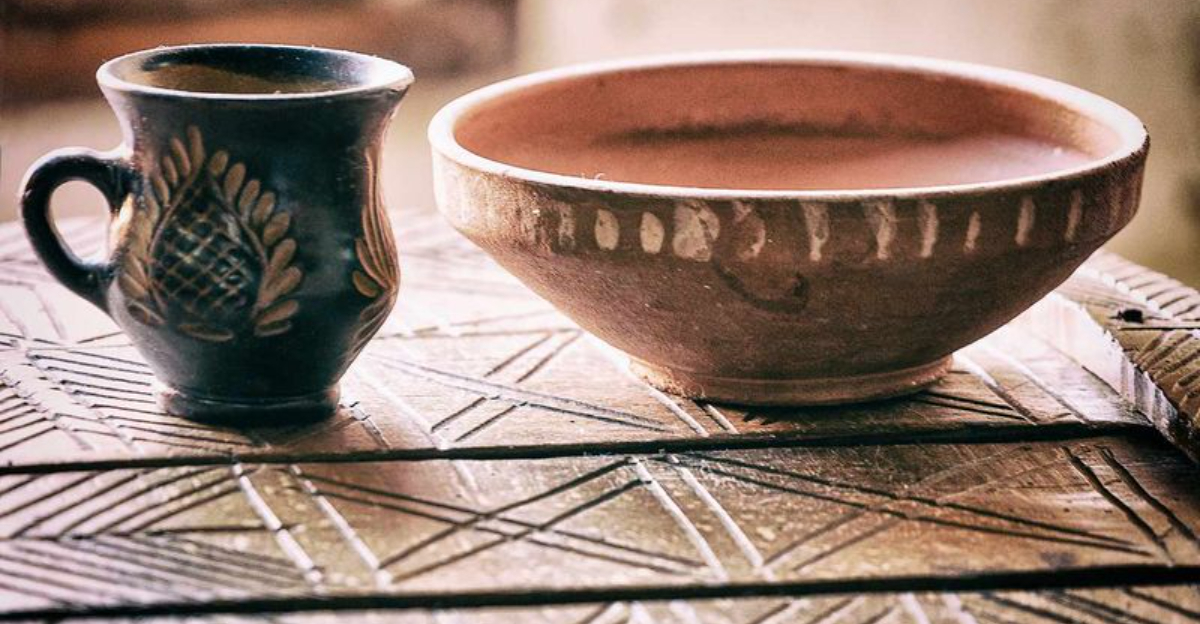
Thrift stores are a goldmine for those who love decorating on a dime. From antique furniture to quirky art, you never know what gems you’ll uncover. But not every vintage item is a wise investment.
Interior designers have a trained eye for spotting pieces that bring charm and value versus those that simply take up space or bring hidden problems into your home. Before you head out on your next secondhand adventure, take a moment to learn what experts tend to leave behind. It could save you time, money, and a decorating headache later.
1. Mattresses With Mystery Stains

No bargain is worth the potential health hazards lurking within used bedding. Stains often indicate deeper problems like bed bugs, mold, or bodily fluids that no amount of cleaning can truly remove.
These mattresses may harbor allergens and bacteria that could affect your sleep quality and health. Even with a thorough steam cleaning, some issues remain invisible to the naked eye.
2. Upholstered Furniture Without History
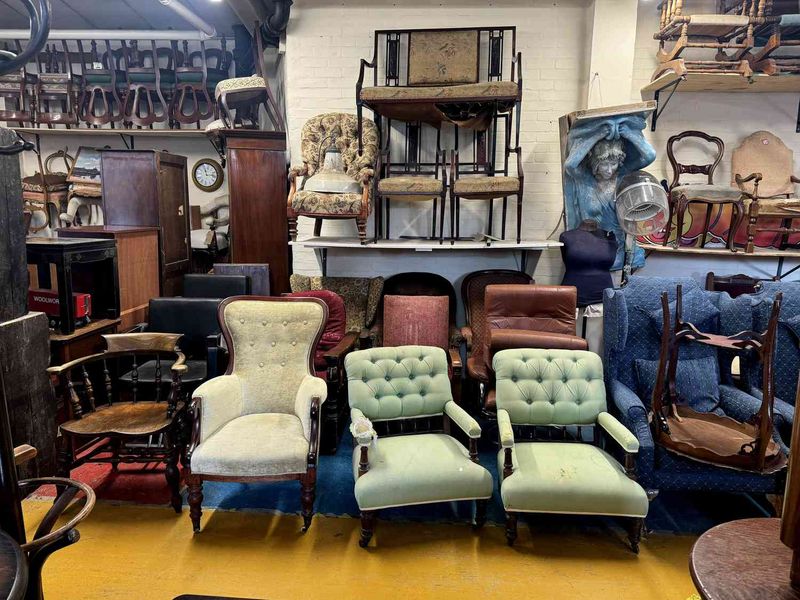
Fabric-covered couches and armchairs might look cozy, but they’re perfect hiding spots for unwelcome guests. Without knowing the previous owner’s cleaning habits or pet situation, you’re gambling with your home’s hygiene.
Upholstered pieces can trap odors, allergens, and pests deep within their cushions. Professional reupholstering often costs more than buying new furniture, making these seemingly cheap finds expensive mistakes.
3. Vintage Electrical Appliances

Charming retro toasters and lamps might add character, but they also bring serious safety concerns. Older electrical items rarely meet current safety standards and often contain deteriorated wiring beneath their appealing exteriors.
Fire hazards lurk in these outdated appliances. Modern versions inspired by vintage designs offer the aesthetic appeal without the danger, making them smarter investments for both safety and functionality.
4. Particle Board Furniture

Already showing signs of water damage? Walk away immediately. This compressed wood material deteriorates rapidly once moisture penetrates its surface, leading to warping, bubbling, and eventual structural failure.
Particle board furniture doesn’t survive moving or reassembly well. The screw holes strip easily, rendering once-functional pieces wobbly and unstable. Save your money for solid wood pieces that will actually improve with age.
5. Pillows And Stuffed Items

Soft furnishings absorb everything from their environment – including dust, skin cells, and microscopic creatures you’d rather not think about. Previous owners’ body oils, perfumes, and pet dander become permanently embedded in these items.
Washing rarely reaches deep enough to fully sanitize these porous items. Fresh pillows are relatively inexpensive compared to the potential allergen exposure, making this an easy category to skip when thrifting.
6. Baby Cribs And Children’s Furniture
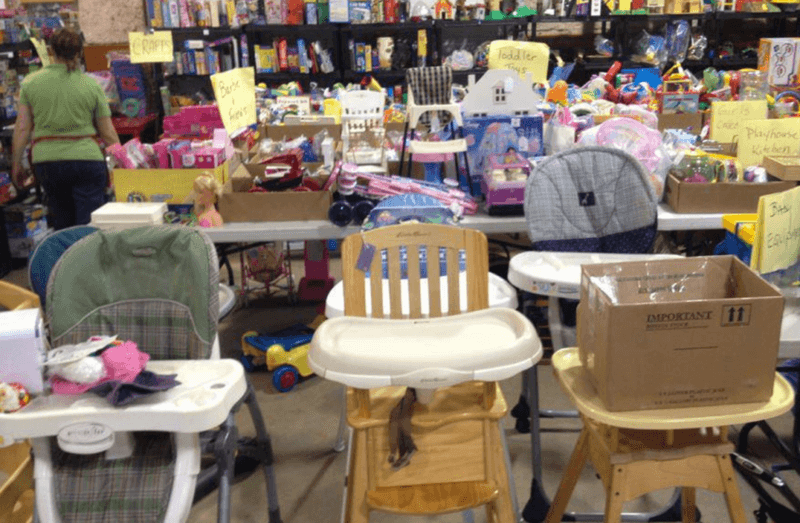
Safety standards for children’s furniture change frequently, making yesterday’s perfectly acceptable crib potentially dangerous today. Older models often have drop sides or spacing issues that are now known safety hazards.
Recalled items frequently end up in thrift stores. Without original documentation, determining whether a piece meets current safety regulations becomes nearly impossible. When it comes to children’s furniture, new is almost always the safer choice.
7. Heavily Damaged Wooden Furniture
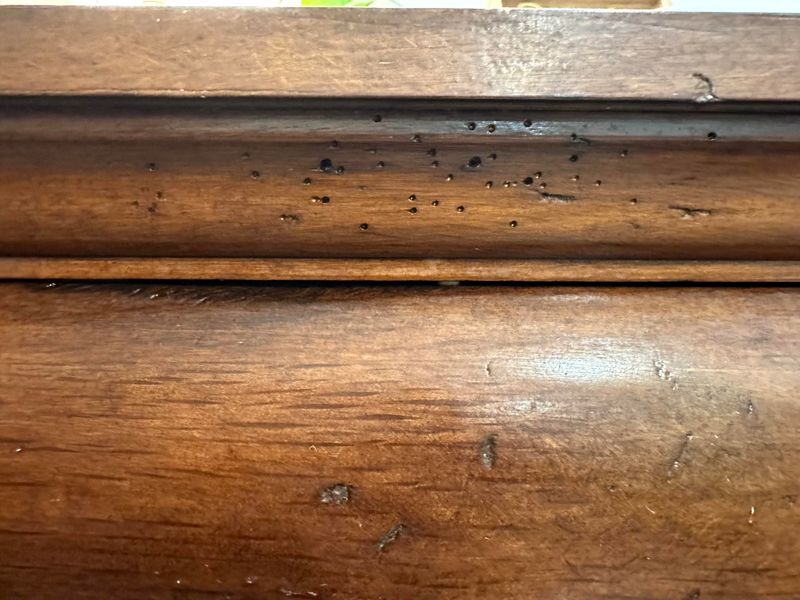
Spotting tiny holes in wooden pieces? Run the other way! These could indicate wood-boring insects that might migrate to other furniture in your home, causing extensive damage.
Severe water rings, deep gouges, and structural issues often require professional restoration. The cost of proper repairs typically exceeds the value of the piece itself. Look for solid wood items with superficial damage that you can easily refinish instead.
8. Vintage Cookware With Questionable Coatings
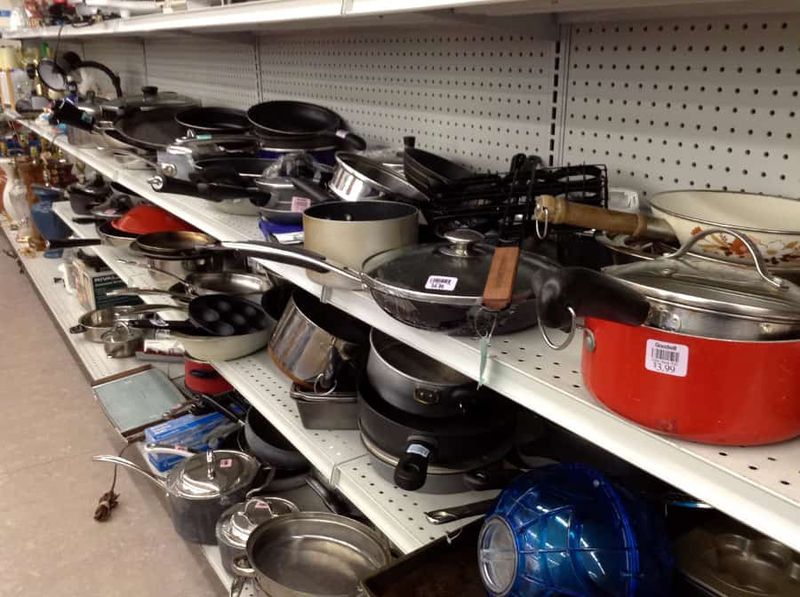
Retro pots and pans might charm with their colorful exteriors, but older cookware often contains harmful chemicals now banned from production. Pre-1970s cookware frequently contains lead, cadmium, or other toxic substances that can leach into food.
Chipped enamel surfaces harbor bacteria and potentially expose underlying hazardous materials. Modern cookware provides better heat distribution, safer materials, and often superior non-stick properties without the health risks.
9. Halogen Lamps From The 90s
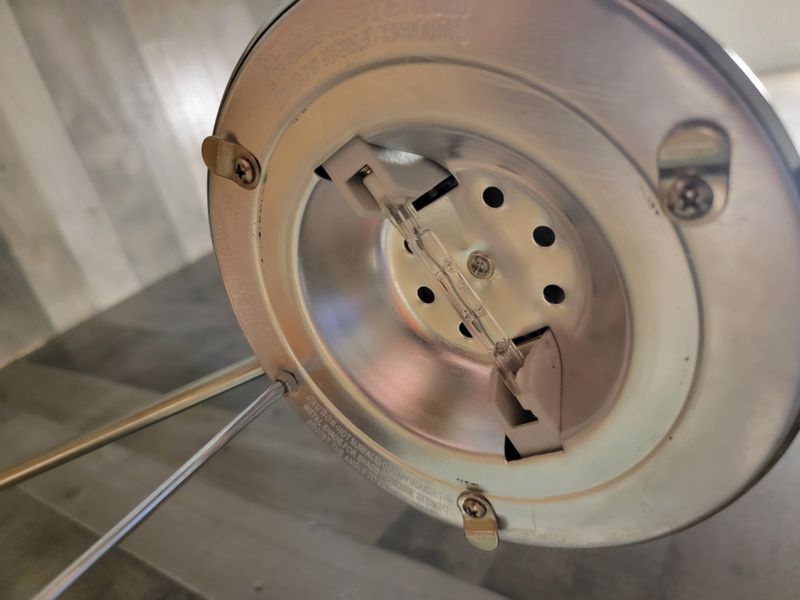
Popular during the 1990s, these floor lamps generate extreme heat that creates serious fire hazards, especially when placed near curtains or upholstered furniture. Many models have been recalled due to numerous house fires traced back to them.
Their energy inefficiency makes them expensive to operate compared to modern LED alternatives. Contemporary lighting options provide better illumination with significantly reduced safety concerns and lower operating costs, making them superior choices for your home.
10. Picture Frames With Broken Glass
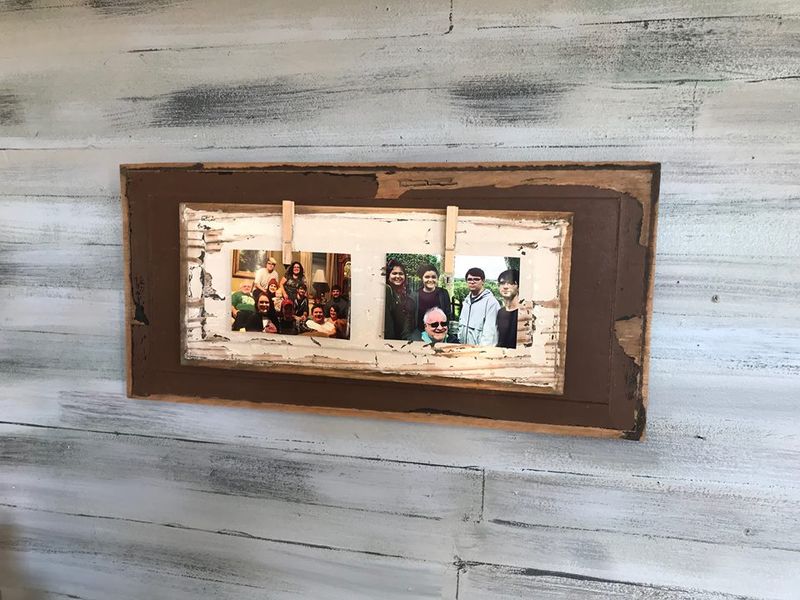
Tempting to grab for a quick DIY project, these damaged frames often cost more to repair than buying new. Replacing custom-sized glass requires professional cutting, which quickly eliminates any initial savings.
Frames with structural damage rarely display artwork properly. The misalignment causes artwork to warp over time. For truly vintage frames with character, ensure the structure remains solid and budget for potential glass replacement before purchasing.
11. Heavily Stained Ceramics
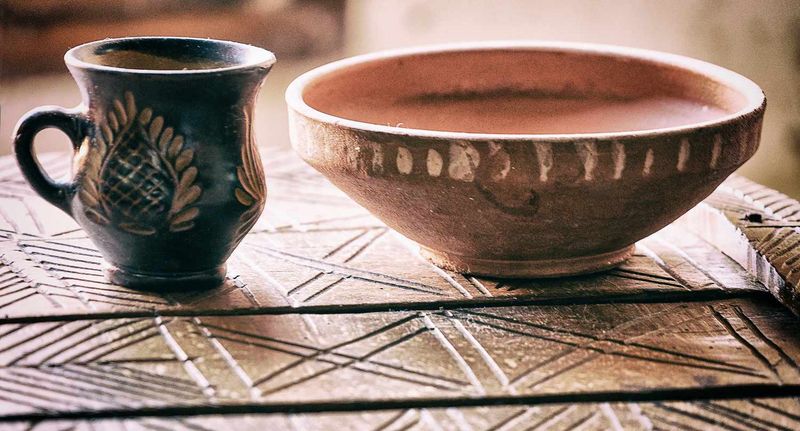
Dark stains inside ceramic mugs, plates, or bowls indicate microscopic cracks in the glaze where bacteria thrive. These hairline fractures can’t be properly sanitized, potentially leading to health concerns.
Heavily stained pieces have usually lost their protective coating. Vintage ceramics might contain lead or other harmful elements that can leach into food and beverages. Stick with unstained pieces or save decorative ceramics for display only.
12. Vintage Hats And Accessories

Fashion accessories might seem harmless, but vintage hats particularly present hygiene concerns. Hair products, oils, and perspiration from previous owners become permanently embedded in materials that cannot be thoroughly cleaned.
Older accessories often contain materials now recognized as hazardous. Mercury was commonly used in hat-making (hence “mad as a hatter”), while costume jewelry frequently contained lead. These charming pieces work better as decorative items than wearable accessories.
13. Chipped Enamelware
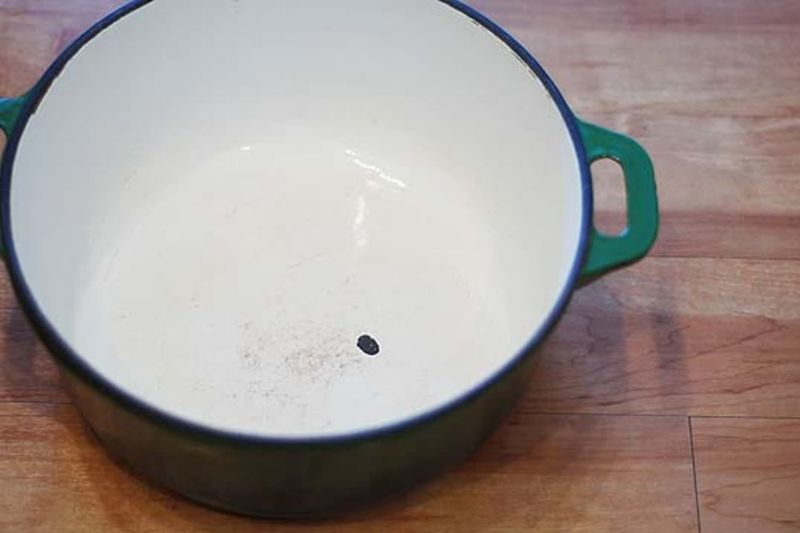
Rustic farmhouse charm comes with hidden dangers when enamel is compromised. Chips expose the underlying metal, which can rust and contaminate food or beverages, potentially causing health issues.
Damaged enamel cannot be effectively repaired for food-safe use. Reserve chipped pieces for decorative purposes only, like holding dried flowers or as bathroom catchalls. For kitchen use, invest in intact enamelware or modern alternatives with similar aesthetic appeal.
14. Blinds With Yellowed Plastic
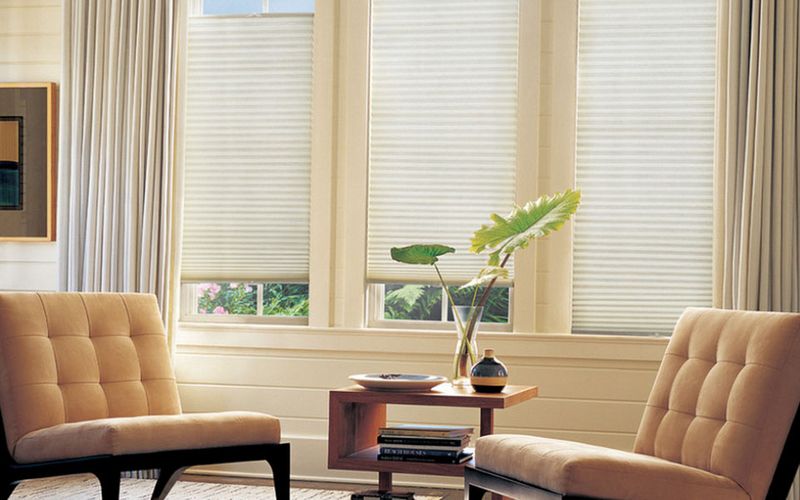
Faded, yellowed window treatments immediately date a room in the worst way possible. Discoloration indicates plastic degradation that makes the material brittle and prone to breaking during cleaning or adjustment.
Older blinds may contain hazardous materials like lead. They’ve likely absorbed years of smoke, cooking odors, and dust that cannot be fully removed. New blinds are surprisingly affordable and will dramatically improve both functionality and appearance.
15. Anything With Strong Odors
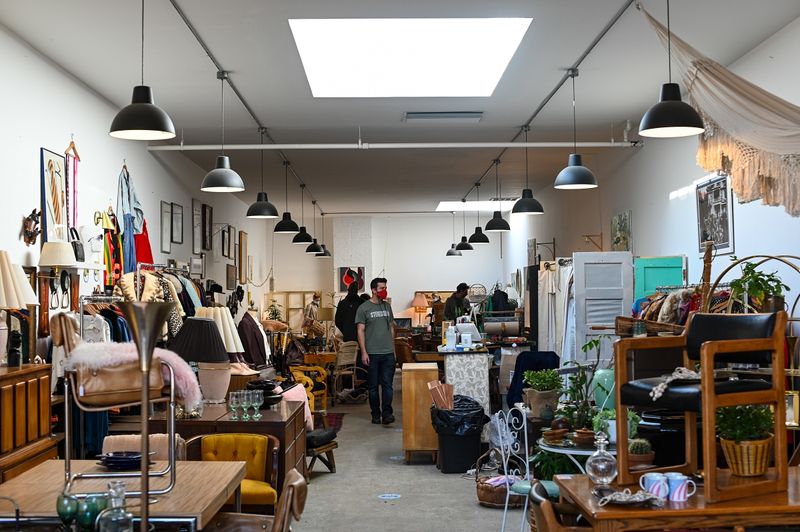
Persistent smells indicate deep-seated issues that surface treatments cannot eliminate. Cigarette smoke, pet odors, and musty scents penetrate materials at a molecular level, becoming nearly impossible to completely remove.
Strong odors often mask bigger problems like mold or mildew. These hidden contaminants can trigger allergies and respiratory issues. Even with professional cleaning, scented items typically release their embedded odors when exposed to humidity or heat.
16. Vintage Children’s Toys

Colorful retro playthings often contain now-banned substances like lead paint, asbestos, or harmful plasticizers. Safety standards have evolved dramatically over decades, making many vintage toys dangerous by today’s guidelines.
Moving parts present choking hazards or pinch points. While these items make charming decorative pieces on high shelves, they should never be given to children for actual play. For collectors, they’re best displayed safely behind glass.
17. Digital Electronics Over Five Years Old

Technology advances rapidly, making older electronics power-hungry, slow, and incompatible with current systems. Outdated devices often lack security updates, leaving them vulnerable to data breaches.
Batteries in used electronics typically hold less charge and may even pose fire risks. The energy inefficiency of older models leads to higher utility bills compared to newer counterparts. For both functionality and safety, this category rarely justifies the small savings.

